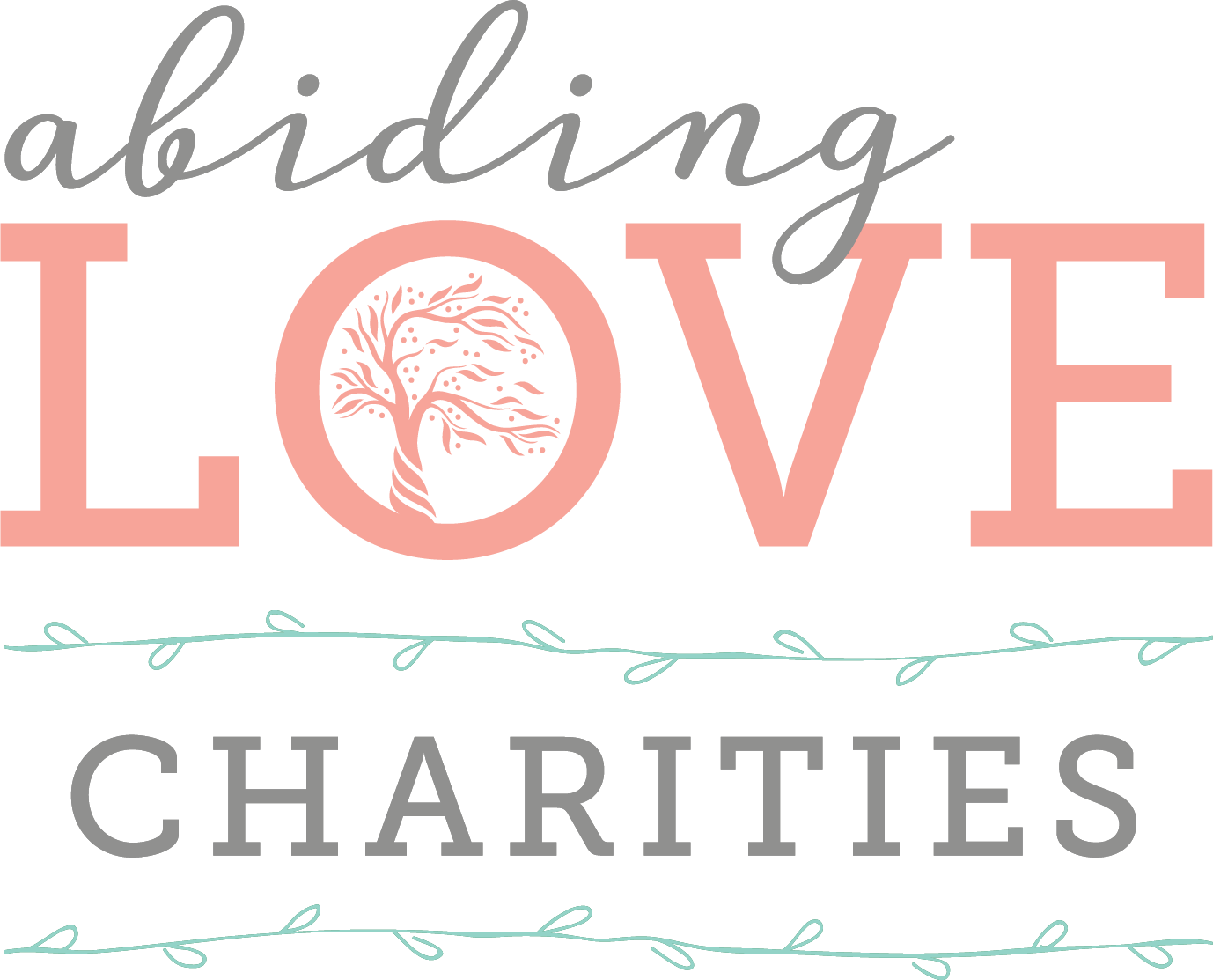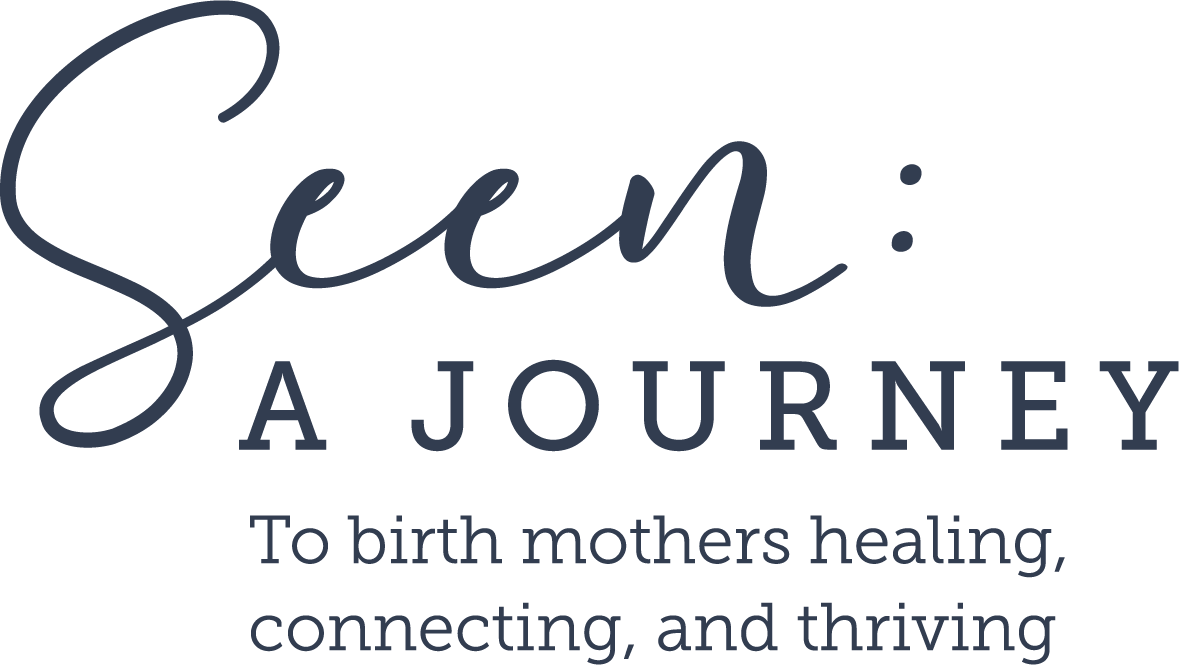Placing a child for adoption means stepping into a role that is rarely discussed, often misunderstood, and almost never prepared for. Unlike adoptive parents, who are guided through trainings, home studies, and agency-led preparation, birth mothers are often making a rushed decision and left to navigate their “new normal” with little support, direction, or acknowledgment. Yet the role of a birth mom is real, complex, and enduring.
A Role No One Teaches You How to Fill
When you become a birth mom, the world may try to tell you that your role ends at placement, that once the papers are signed, your chapter is closed. It may feel like others stop talking about it and you are expected to just, “move on.” But the truth is far more layered. Once you become a mother, you don’t stop being a mother. You are still connected to your child, even if you are not the one raising them day by day.
This strange juxtaposition creates a profound question: What does it look like to show up for my child as a birth mom?
For some, it means navigating an open adoption, finding ways to engage, write letters, send birthday gifts, or be present at visits. For others, it might mean honoring their child quietly, in ways the child may never see, through attending support groups, prayer, or advocacy work. No one provides a handbook for this role, and the lack of guidance often leaves birth moms struggling to define what “being there” really means.
The Tension Between Presence and Absence
The greatest challenge for many birth mothers is living in the tension of being both present and absent at the same time. You are present in your child’s story, their life begins with you, their features may mirror yours, and their history is tied to your own. Yet you are absent in the daily routines, the bedtime stories, the scraped knees, and the milestones.
This dual reality is painful, but it does not erase the importance of the birth mom’s role. It requires a constant process of adjustment, of redefining what motherhood means in this unique space. It is not traditional parenting, but it is still parenting in a relational sense.
Learning to Show Up in New Ways
One of the hardest parts of life after placement is figuring out how to mindfully “show up” for your child in appropriate ways. For many, this involves trial and error. Boundaries with adoptive families can shift over time. Communication may ebb and flow. A birth mom may feel unsure about whether her presence is helpful or disruptive.
But the truth is this: a birth mother’s role matters. Whether through photos, letters, or simple acts of remembrance, you carry a piece of your child with you, and your child carries a piece of you with them. Learning how to honor that bond and focus is part of the long, ongoing journey of healing and adjusting to your “new normal.”
The Weight of Little Support
Perhaps the most painful reality for many birth mothers is the lack of support. Society often glorifies adoption stories as tales of selflessness and sacrifice, while ignoring the lifelong grief that birth moms endure. Once placement is finalized, many women find themselves alone, without counseling, peer support, or even acknowledgment of their continuing motherhood.
This isolation makes the adjustment to a new normal even more difficult. Without direction, birth mothers are left to piece together their role in silence, often questioning their worth, their choices, and their identity. It is here that community, empathy, and education must step in—because no birth mother should have to navigate this journey alone.
Redefining “Motherhood”
The journey of a birth mother is one of redefining what motherhood looks like. You are not parenting in the traditional sense, but you are still a mother. You matter in your child’s life story. The way you carry yourself, heal, and engage with your child’s adoptive family (if possible) all become part of your child’s understanding of themselves.
Motherhood in this role may mean becoming a storyteller, the keeper of history, and a gentle presence in your child’s life, even from afar. It may also mean learning to forgive yourself, to embrace the love you still hold, and to honor the connection you have with your child.
Moving Forward
Adjusting to life as a birth mom is not about “moving on.” It is about moving forward and acknowledging the grief, the love, and the unique bond that will always exist. It is about finding strength in vulnerability, and purpose in a role that the world doesn’t often see or understand.
No one grows up wanting to be a birth mom. No one dreams of carrying this weight. But within this difficult reality lies a powerful truth: birth moms are resilient. They show up in ways big and small, redefining love in the face of loss, and carving out a “new normal” that honors both themselves and their children.


